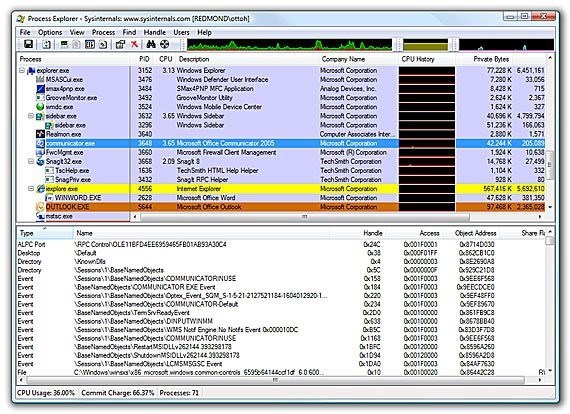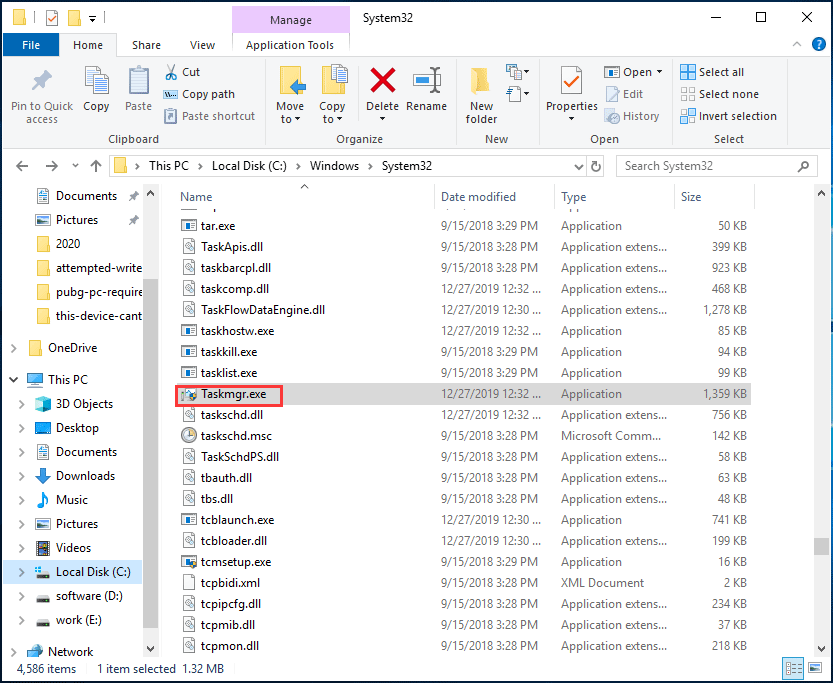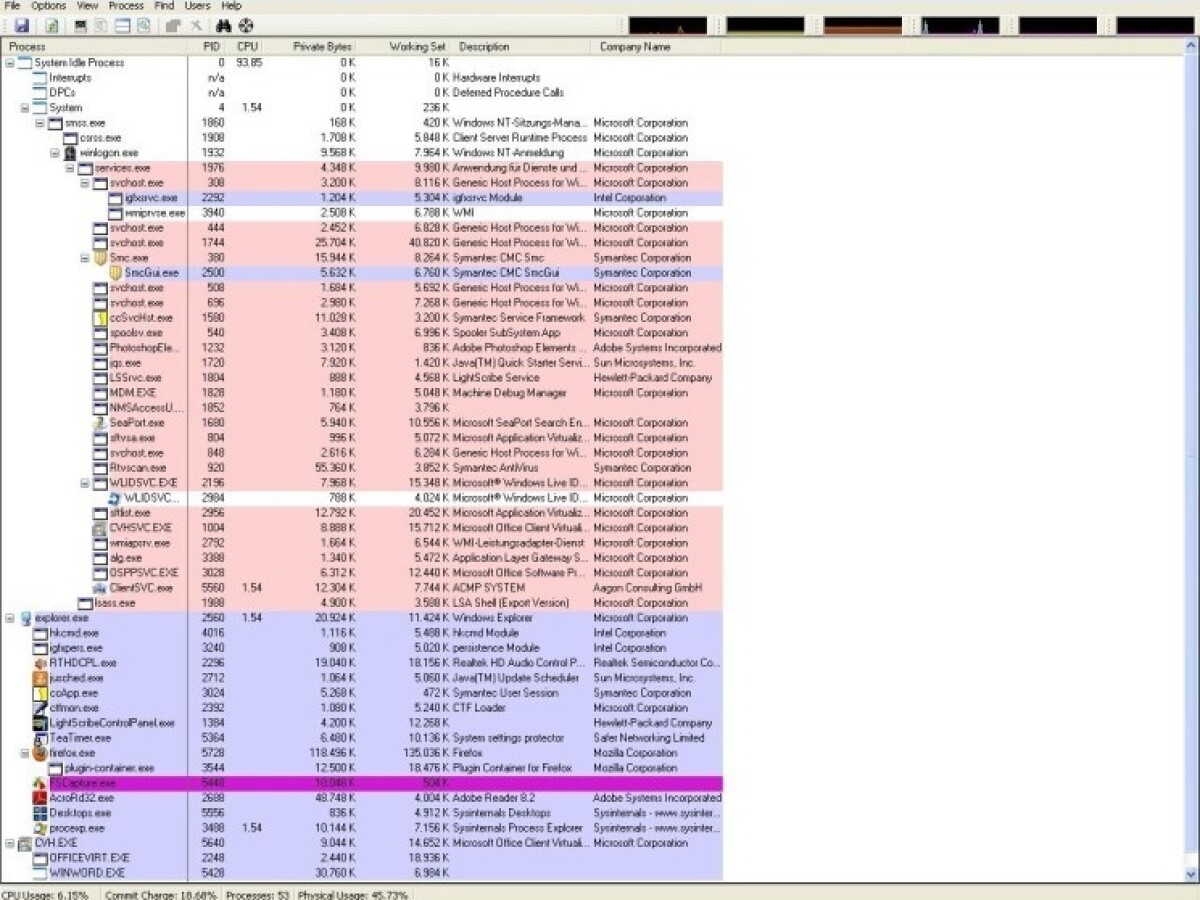

- Bring task manager back from process explorer how to#
- Bring task manager back from process explorer software#
- Bring task manager back from process explorer windows#
Bring task manager back from process explorer windows#
Many apps and folders can be opened with the run dialogue on Windows 10.
Bring task manager back from process explorer how to#
How to Open Task Manager with the Run Command Task Manager will be shown alongside some other apps – just select it there to open it.ĥ.Scroll to the bottom and open up the Windows system folder.Click on the Windows icon, or press the WIN Key on the keyboard.You can open Task Manager from there too. How to Open Task Manger through the Start MenuĪ lot of people prefer opening apps from the start menu. Type "Task Manager" in the search bar and you will see a link to Task Manager under "System".Ĥ. You can use the Control Panel search option to open Task Manager.

How to Open Task Manager through the Control Panel Some apps might prevent you from accessing Task Manager with Ctrl + Shift + Esc, but pressing Ctrl + Alt + Del will always open up the Graphical Identification and Authentication (GINA) screen for you so you can select and open Task Manager from there.ģ. You can also open Task Manager from the GINA screen by pressing and holding Ctrl + Alt + Del.You can open Task Manager by pressing Ctrl + Shift + Esc all together.Windows has two different key combinations with which you can open up Task Manager in case you want to see running apps or stop an app.

Some apps might go rogue and stop Windows from responding, so you might not have access to Windows Search in such situations. How to Open Task Manager with Keyboard Shortcuts
Task Manager will pop up as a search result, and you can open it from there.Ģ. Click on the search icon then type "Task Manager" in the search bar. The easiest way to find anything on a Windows machine is to search for it. How to Open Task Manager with Windows Search So in this article, I will walk you through 7 ways you can open Task Manager on Windows 10. There are a few different ways to open Task Manager. One important reason that you might want to open Task Manager is to stop apps that are making windows unresponsive. You can also see which apps are running in the background that you didn't open yourself. Task Manager lets you see which apps are open and which you're using. Note that I was looking for an easier program for hidden processes but since I couldn't see volatility in the answer, I felt I was bound to answer.Windows Task Manager is an advanced utility tool that helps you manage your apps that are running. So the output is all the processes in the memory including currect, killed and hidden processes. Volatility searches through whole memory and finds process class structures in the memory as well as the doubly linked list (which is the list of processes). Since it just removes itself from the process list and not thread list, it will continue running without being visible.Įach process has a specific class structure like a simple c class with many parameters. However, when a process hides itself, it simply removes its links to previous and next node and remain in the memory hidden. Task scheduler doesn't use this list to schedule tasks, instead it uses another list (it should be thread list). Process Explorer knows the location of the first node (or has a pointer to one of the nodes) and from that node, it iterates through the list and finds the "not hidden" processes. Process Explorer can only see/find the processes that are in the process list which is a doubly linked list sitting somewhere in memory. There's an open source monitor called YaProcmon (Yet Another Process Monitor) that has a feature that specifically looks for process hiding mechanisms, and attempts to expose them. But if a hidden process is accessing the registry, files, or communicating over the network it would be shown here. The downside is that the output is massive, and you generally have to know what you're looking for. It bases its output off of Windows API file/registry/network function calls. Procmon is awesome for process monitoring. It also links into VirusTotal to let you know if any currently running processes it sees is known to be malicious. 
Process Explorer is very nice from a GUI perspective. SysInternals Suite has multiple different monitoring programs. That being said there are a couple of good tools out there. Regardless of which monitoring program you use you're not guaranteed to find all processes running.
Bring task manager back from process explorer software#
So it's dependent on the particular piece of software trying to hide as well as the monitoring software trying to find it. If certain Windows API functions are hooked, then process managers using those functions will not see the process. This really depends on how the process is hidden.








 0 kommentar(er)
0 kommentar(er)
